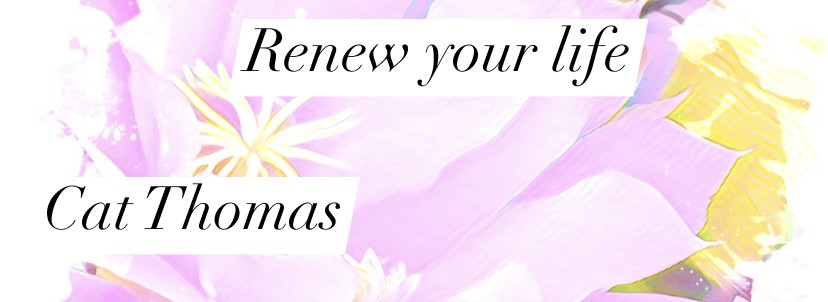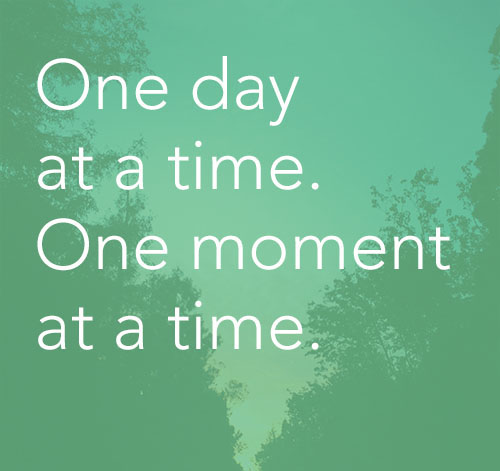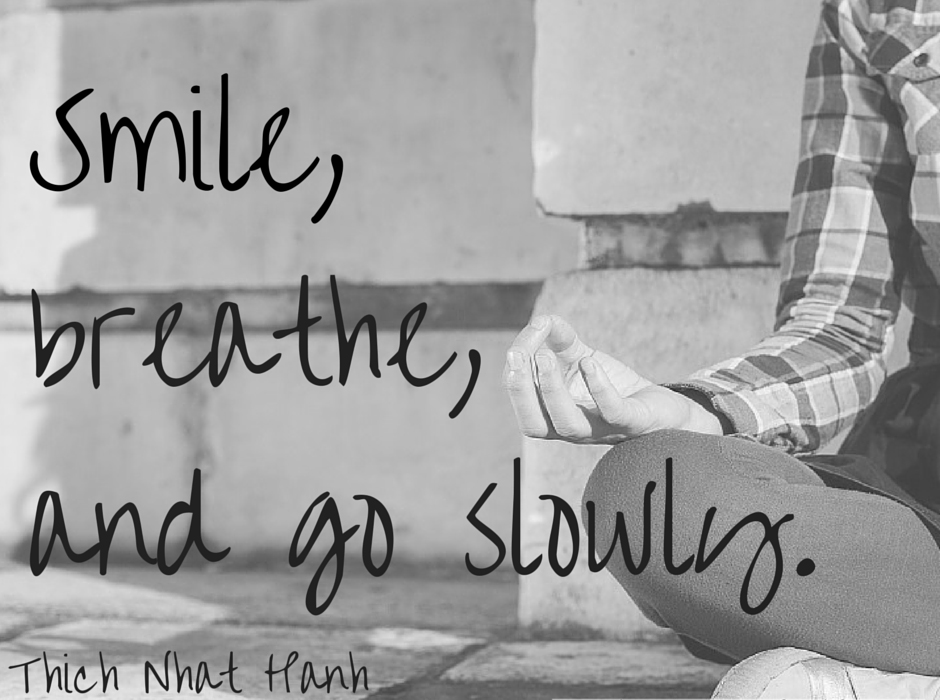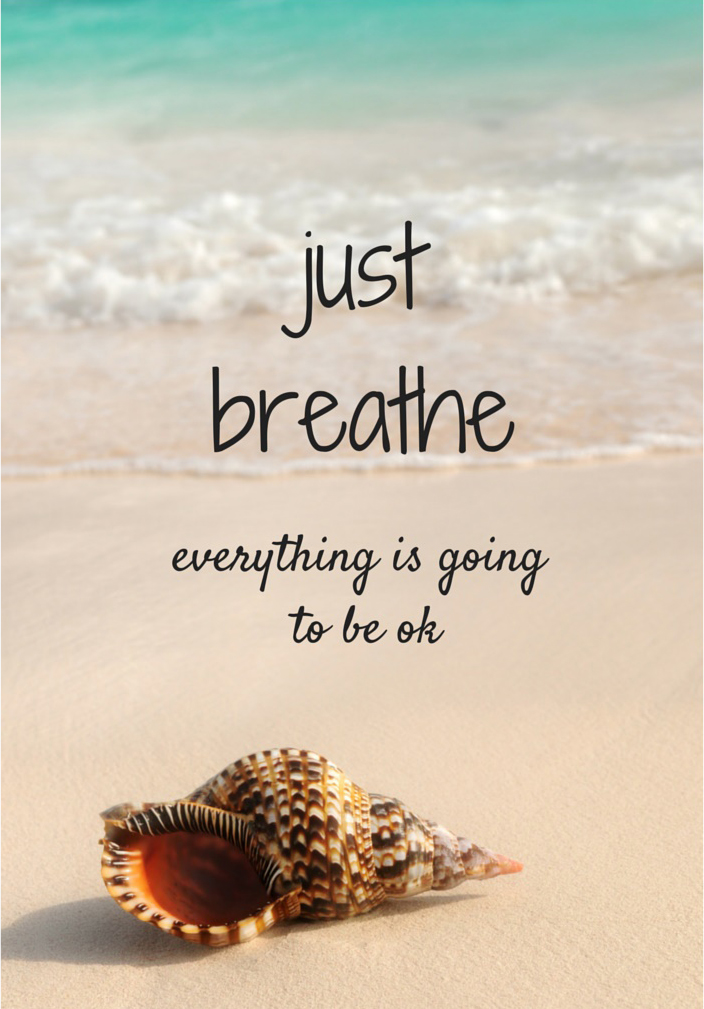What it feels like to have Anxiety.
Living with anxiety is having feelings of dread, nervousness, apprehension, fearfulness and unease, sometimes many times throughout a day. This can often be about an imminent event or something with an uncertain outcome causing you a surge of anxiety, but anxiety can also be for no apparent reason at all and can often be at a time when you least expect it and cannot explain it.
It can affect your sleep, coming in a wave of heat or nervous shaking in the night. It can come over you in groups, at work, at school. It is different to stress, which may occur due to an external source, like an argument with your spouse, anger, sadness, or even happiness and excitement, whereas anxiety tends to be a more internal response and it can persist for months, even when there’s no clear reason to be anxious.
Anxiety can range from acute nervousness and increased heart rate to full-on panic attacks, bouts of insomnia and thoughts of existential ruin.
“There is a distinction that fear is an appraisal of danger, whereas anxiety is a feeling state that’s evoked when fear is stimulated
“This suggests that fear and anxiety are both linked, that they both have to do with thought, both fear and anxiety occur because you’ve thought, ‘Oh, there’s something that’s causing me risk, that I’m at risk, causing me to be at risk.”
“And yet anxiety is so expansive, it affects the entire system. It affects you physiologically, it affects you cognitively, it affects you emotionally” says Daniel Smith Monkey Mind
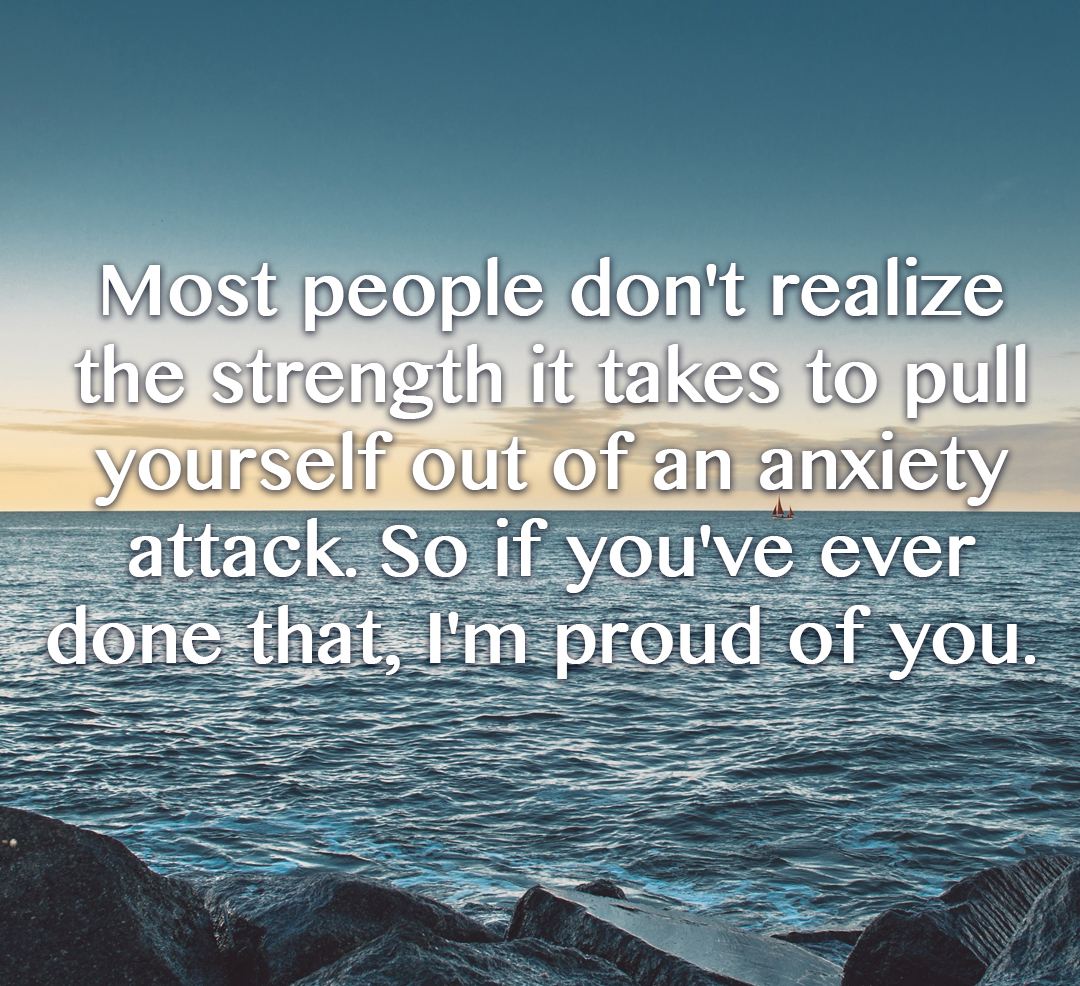
Some brain science
Several parts of the brain are key actors in the production of fear and anxiety. Scientists have discovered that the amygdala and the hippocampus play significant roles in most anxiety disorders.
The amygdala is an almond-shaped structure deep in the brain that is believed to be a communications hub between the parts of the brain that process incoming sensory signals and the parts that interpret these signals. It can alert the rest of the brain that a threat is present and trigger a fear or anxiety response.
The emotional memories stored in the central part of the amygdala may play a role in anxiety disorders involving very distinct fears, such as fear of dogs, spiders, or flying. The hippocampus is the part of the brain that encodes threatening events into memories. These memories will replay over and over reinforcing habitual negative thought patterns
It’s important though to remember that anxiety can be a response to more than the fear of fear. There are other core feelings that may be contributing to anxiety, perhaps anger or sadness, even excitement. When we are inhibited in our core emotional responses, it is easy for the body and the brain to become anxious. These inhibitions are learned through life to avoid the core feelings – even excitement – when a core feeling is suppressed the act of keeping a lid on it creates anxiety and over time, extreme anxiety. Imagine a saucepan full of feelings and emotions, bubbling up with the heat of a situation, the lid rattles creating the anxiety what we can do with help and support is take that lid off, lower the temperature and let the feelings up and out.
Physical reactions
Depending on the roots of your anxiety and your personal make up, you will have one or some of these physical reactions: feelings of panic, fear, and uneasiness, problems sleeping, cold or sweaty hands or feet, shortness of breath, heart palpitations, not being able to be still and calm, dry mouth, numbness or tingling in the hands or feet, nausea, muscle tension and dizziness.
Other external factors may contribute to or cause anxiety. Such as overactive thyroid, abnormal heart rhythms, and other heart abnormalities (if you are experiencing the above physical reactions it is wise to check with your medical practitioner for any of the possible health related causes).
Likewise anxiety can be brought on by over use of caffeine and amphetamines or side effect of medication, producing similar symptoms. (Again it is important to be aware and identify possible external causes for anxiety)
Anxiety attacks are truly terrifying and can happen without warning or reason, causing sudden fear and extreme nervousness sometimes for ten minutes or more. Physical symptoms intensify the attack: sweating, racing heart, rapid pulse, feeling faint or as if one is choking, and – perhaps worst of all – the sense of ‘going crazy.’
Your fears distort your reality
You can become anxious about becoming anxious. It is so distressing and painful that you can become so fearful of it that it becomes a circle and you have to find an exit ramp off that circle. You can become paralysed by it. The chronic worrying that can become your focus is a neurotic disturbance that can put you in a state of perpetual disaster preparedness.
Anxiety replaces the unknown with the awful, it is self realising, it fills you with a flood of destructive emotions.
Carving out new pathways
“My anxiety came from years, probably simply from who I am, from my own temperament, of talking to myself in a fearful and anxiety-producing manner, that I have a certain habit of mind, and that if I wanted to be less anxious, I had to foster better habits of mind.
“It doesn’t matter how you do it, but that’s the goal. We all have these pathways that we’ve set for ourselves, and mine happens to be an anxious pathway. And my thoughts will always slip back into those ruts unless every day I try to carve out new pathways. …
“It is doable that you can carve out a new way of thinking for yourself, and that you could foster better habits of mind.” Daniel Smith Monkey Mind
Fear of the anxiety lulls you into inaction enticing you to passively watch its prophecies fulfil themselves. It takes a new way of thinking so you can foster those better thoughts and habits.
Not all the thoughts that go through your head are true. Many of our thoughts are either ideas and beliefs from when we are very young, or hearing responses from our peers and adults around us when we were growing up, and into adulthood.
Your internal stressors are the result of old programming, old events, habitual negative thought patterns. See beyond fear, what is the perceived danger? Do a reality check, recognise your assumptions, recognise your strength and silence you internal critic.
Correct your misconceptions about luck and success, accept your strengths and your weakness, the fictions you perceive as reality, and choose to let them go
A Call To Action
There is no doubt that anxiety is tiring, but it is time to ‘lay down your armour and get to the crux of this anxiety’, begin getting to the root, is there anger, are there resentments and foremost is there fear?
When you feel anxious, what are you thinking, what are the thoughts that make you feel uncomfortable. What is your self talk like? Is it reinforcing the programming inside your head?
Anxiety can be so overwhelming that you can be misled into believing that it is the feeling that is making you anxious, which then leads you to think badly of yourself, but first comes the thought, then comes the feeling.
Pay close attention, don’t let a thought get past your notice, were you thinking something beforehand, was it something anxious? Do you trigger yourself?
Pay attention to the mechanics of your anxiety and begin to notice the aspect of your mind that is self talk, a sort of subconscious chatter. How much of this chatter is negative, pessimistic? Enjoy the self-exploration, once you become aware of this you can start to make changes, challenge those thoughts, challenge that self-talk. How accurate are the things you are saying to yourself?
Acknowledge your habitual negative and fearful thoughts, replace them with positive, more realistic thoughts. This can help to stem the energy that you have given to negative thoughts in the past. The energy that gives rise to the physical anxiety. The more positive thoughts begin to feel nice the more you repeat them and reprograming will begin.
You could keep a journal of habitual negative thoughts, this could help you avoid repetitive negative situations – write down the patterns in these situations, your thoughts and feelings. Is there something you can do differently to prepare for this situation? What would be a satisfying response to this situation.
There are powerful ways to enhance or speed up the reprograming of your subconscious mind. Hypnosis with a certified hypnotherapist can work with you and your subconscious to remove the barriers to success, changing the patterns of negative thinking helping you build your new pattern of positive thought.
The 5-PATH system of hypnosis works with you to uncover those messages from way back, that have given rise to the negative self talk that triggers your anxiety. Another process that can be very effective is 7th-Path Self-Hypnosis. This process allows you to release or neutralise old emotions and thought patterns, combining hypnosis, meditation and profound personal learning.
You are the creator of your reality, you have complete responsibility for what reality you are choosing for yourself, remember your anxiety is a call to action.
Contact me for more information on my Hypnosis services, and how they can help your anxiety. I am happy to chat any time.
5-PATH system of hypnosis: http://www.liferenewalhypnosis.com/our-services/
7th-Path Self-Hypnosis: http://www.liferenewalhypnosis.com/7th-path-self-hypnosis/
Self Hypnosis and relaxation audio to help you begin your journey to a more calm and less anxious lifestyle:
“Put aside anxious thoughts and be at peace. Smile, breathe and go slowly. One day at a time, one moment at a time.” Cat Thomas https://soundcloud.com/cat-h-thomas/hypnosis-relaxation-for-fear-and-anxiety
And thank you to Daniel Smith for his wonderful book Monkey Mind which tells the story of his own experience with anxiety
*Thích Nhất Hạnh is a Vietnamese Buddhist monk and peace activist.
